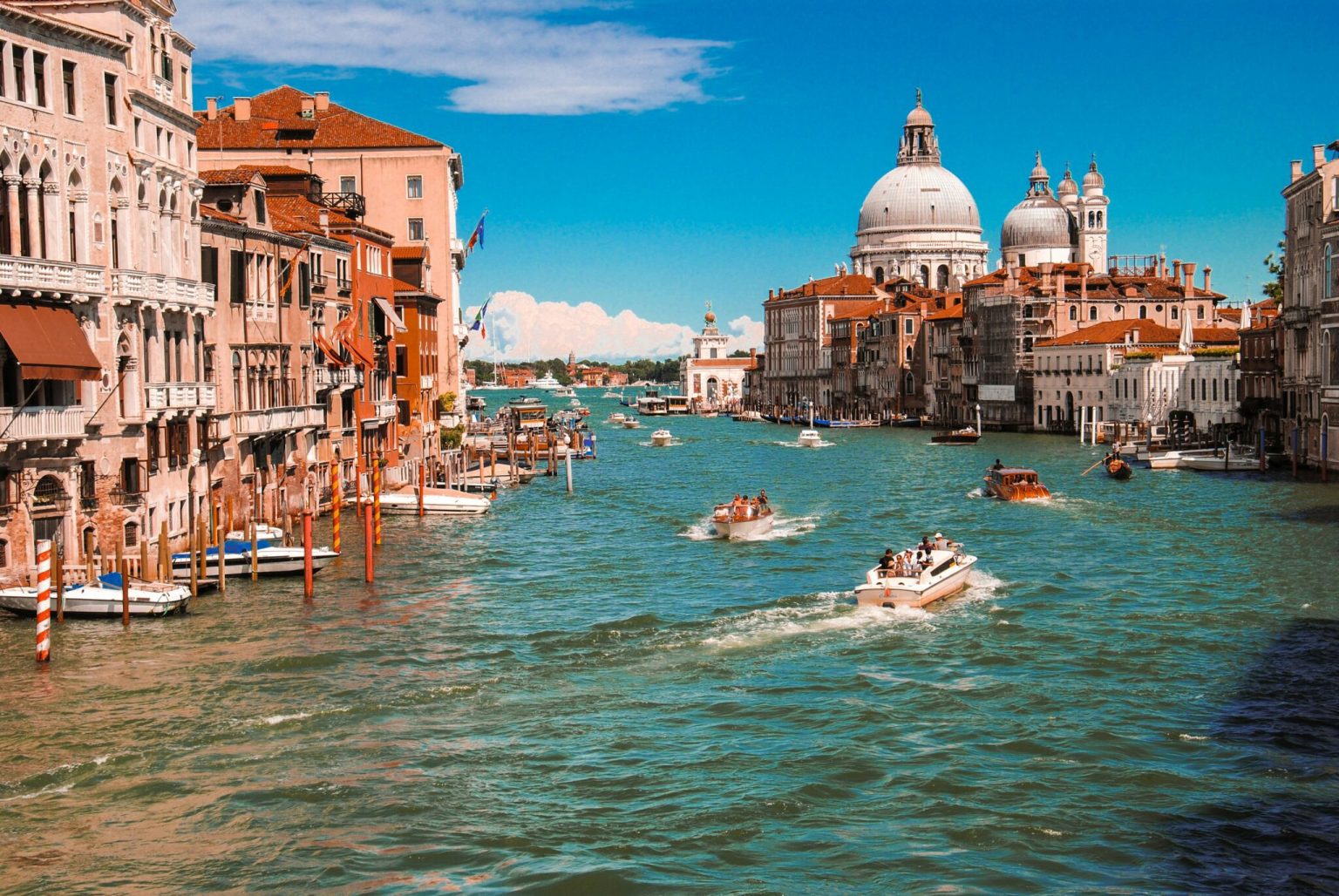Venice has become the first city to implement an entry fee for tourists visiting its historic center during peak periods. The city began charging day tourists a fee of 5 euros, in an attempt to manage the flow of tourists and curb overtourism. With over 13 million tourists visiting the city in 2023, Venice has faced challenges due to the impact of mass tourism on its fragile infrastructure. Last year, UNESCO even considered adding Venice to its list of endangered World Heritage sites. The entry fee is seen as a pilot program to address the issue of overtourism in the city.
The entry fee system involves tourists registering and paying the fee on a government website, or paying in person when entering the city. Inspectors will check for QR codes on tourists’ phones to ensure they have paid the fee. Those who fail to pay may face fines, with 35 inspectors monitoring entry points to enforce the rules. Residents, students, commuters, and visitors staying in hotels are exempt from the fee. The program will run for 28 days, with fees charged on peak days in April, May, June, and July. The city aims to collect data and information to decide on the effectiveness of the system.
Despite the implementation of the entry fee, there have been protests from some locals who feel that the fee is not enough to address the larger issues of overtourism in Venice. The city has seen controversy in recent years due to the impact of the cruise industry and other factors contributing to overcrowding in the city. The fee has seen modest success so far, with a small number of tourists paying the entry fee on the first day. The city is also exploring other measures to manage tourism, such as limiting group tour sizes and charging a hotel tax for overnight visitors.
Critics of the entry fee system question whether it will truly address the issue of overtourism or if it is simply a way for the city to raise funds. Some believe that the fee should be used to finance conservation efforts in the city to make a more meaningful impact. Additionally, there are ongoing efforts to expand tourism in the region, such as the construction of budget hotels in the Mestre region and the expansion of the Marco Polo airport. As Venice continues to navigate the challenges of mass tourism, it remains to be seen whether the entry fee system will be a long-term solution or if further measures will be necessary to protect the city’s heritage and environment.


